|
~Rangiroa~
Red Dwarf
Coconut Palm Seed
aka: Tahiti Red Dwarf
Cocos nucifera var. haari papua
Family Name: Arecaceae
Polynesian Name: Haari Papua ~Haari
Papua~
|
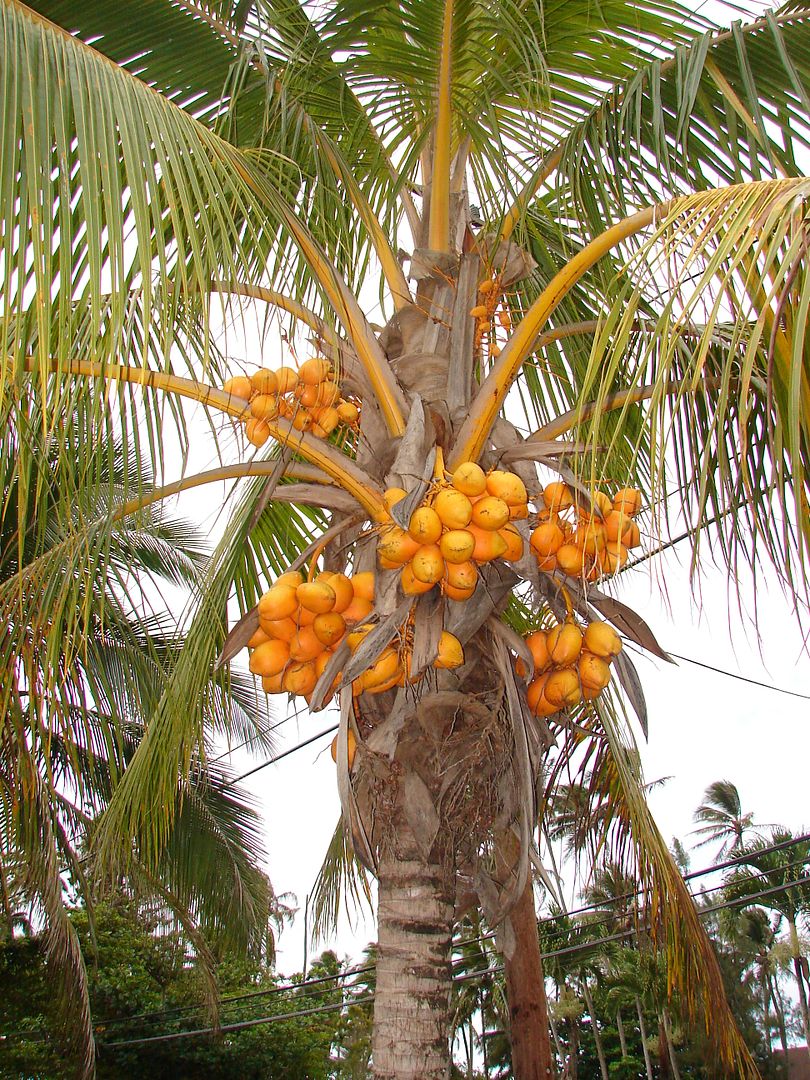 |

You are bidding on
one sprouted seed
shipped from Hawaii.
|

photo of similar item |
This beautiful palm embodies the
romance of the tropics and is also of great economic value. There are
many varieties, from dwarfs to the familiar tall growing types that
reach 50-80 ft. All have graceful gray trunks topped by a crown of
pinnately compound yellow-green leaves. Each leaf is 12-15 ft long
with many leaflets. Malayan Gold Dwarf Coconut is a short palm
tree up to 45 feet in height, but usually much less.
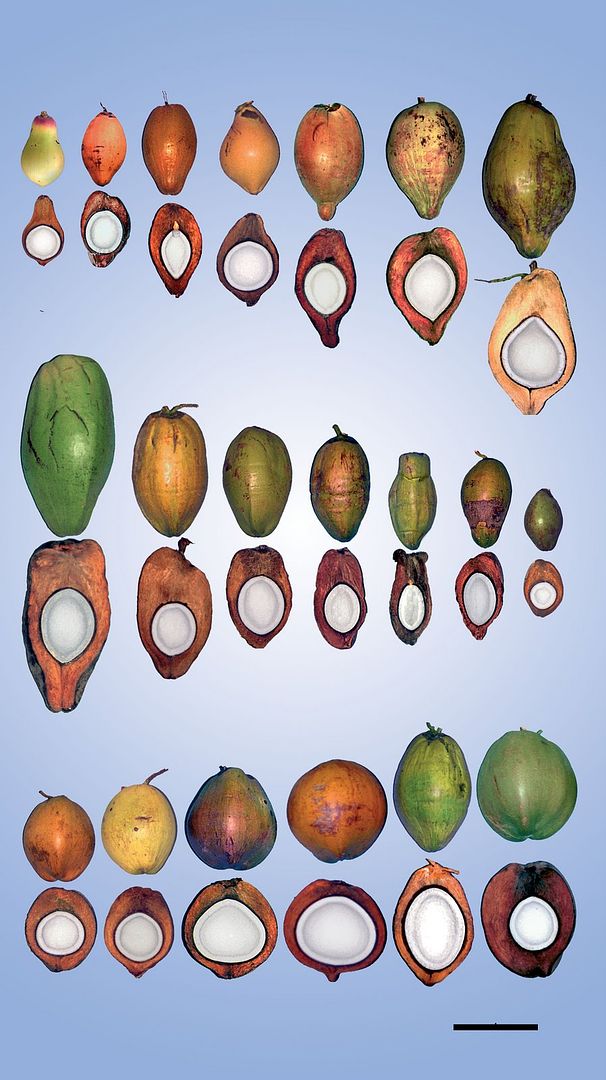 |
|
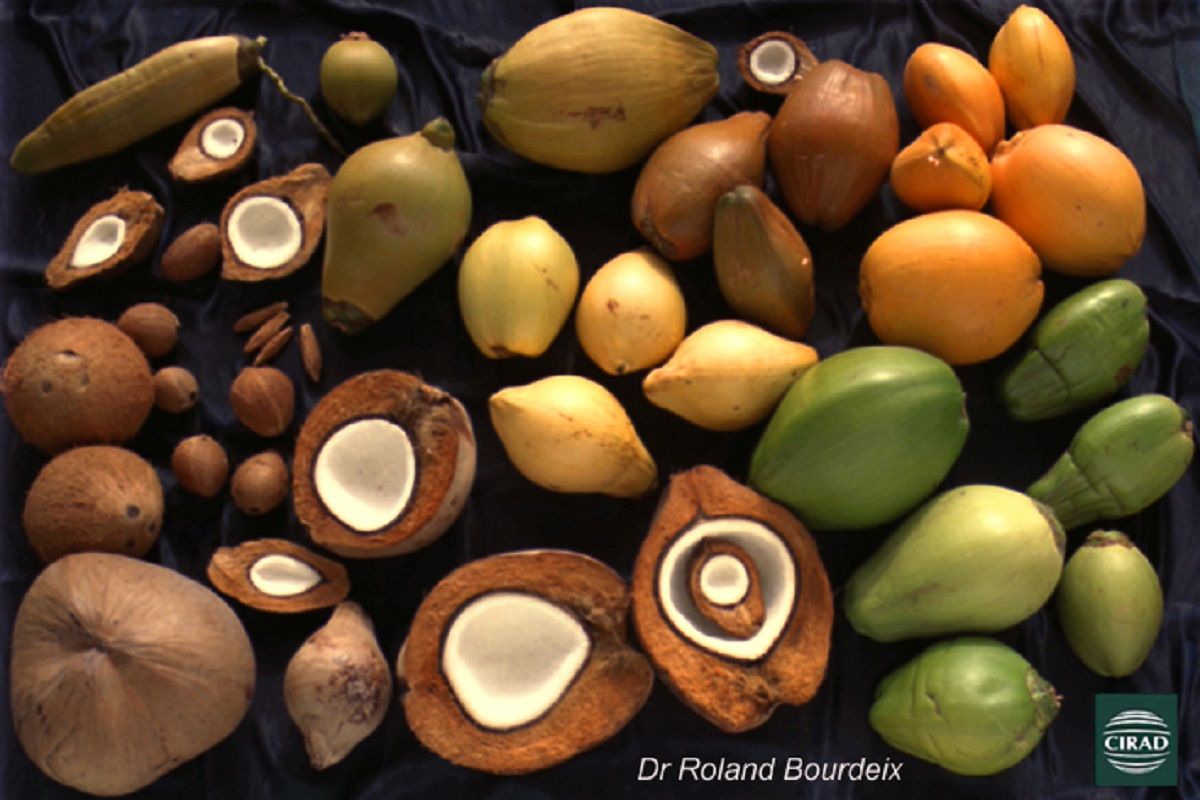 photos
courtesy Dr Roland Bourdeix |
Rangiroa Red Dwarf Coconut |
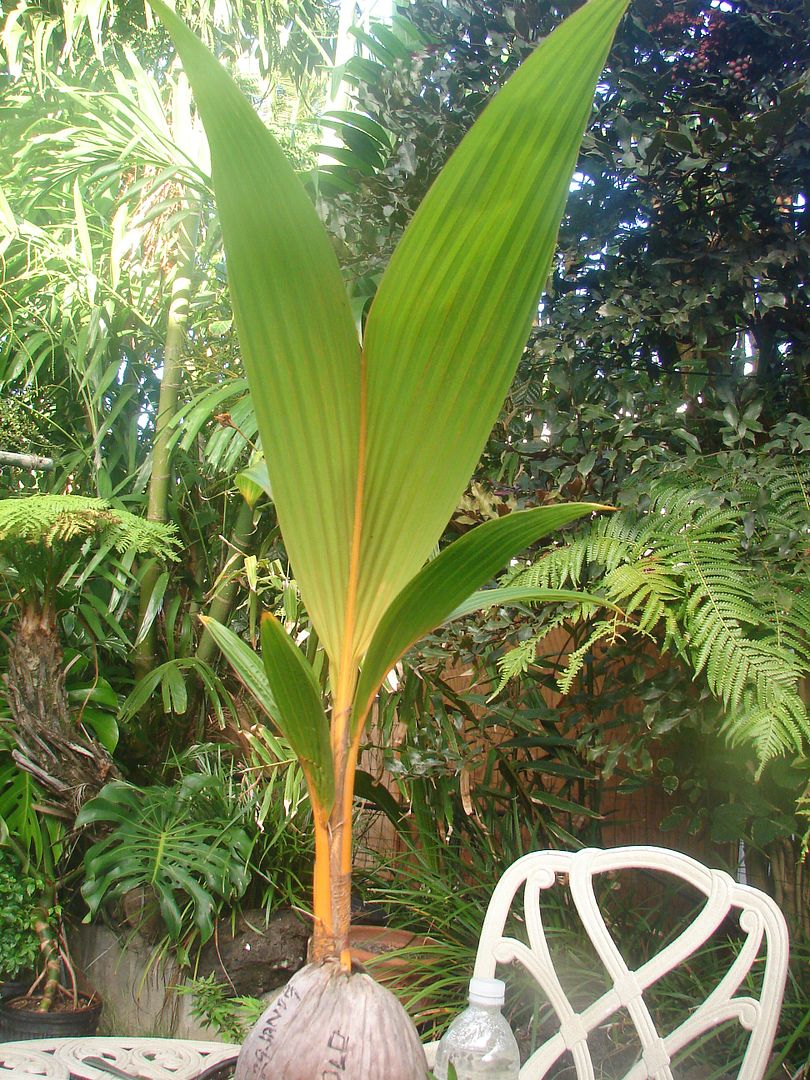
|
Most
of us in the U.S. are familiar with the coconut palm from resorts in Hawaii, Florida and
the Caribbean. Since falling coconuts can pose a serious (sometimes fatal!) health hazard
to guests, they are often removed by resort managers hoping to avoid injuries and
lawsuits. Honolulu regularly has tall coconut trees trimmed due to a lawsuit. This is a
solution to this problem. Malayan Gold Coconut Trees stay short and thin. It bears
coconuts are able to be picked with a short ladder.
The large spirally
arranged leaves are up to 12 feet or more in length, and are pinnately divided into
numerous strap shaped segments. The separate male and female flowers are in axillary
panicles. The male flowers have 3 yellow petals and 2 stamens. The ovoid coconut is up to
a foot long, and is composed of a thick fibrous husk, a hard shell, and a single seed with
the copra lining the interior, and water (coconut milk) filling the cavity when it is
young. |
This Red Dwarf from Tahiti was introduced into Africa in the 1970s. However,
in Tahiti it is known as the “Haari Papua”, literally “Papuan coconut”. Yet,
Papua New Guinea is almost 6,000 km from Tahiti, at the other side of the
Pacific Ocean ! For several centuries, Polynesian or Melanesian sailors
traveled across the Pacific Ocean bringing plants with them. They
considerably confused the issue of coconut variety origins.
In Polynesia, Tahiti Red Dwarf is mostly used for decoration in gardens and villages. On
well watered volcanic soils, some palms bear numerous small fruits, which
are left on the palms for a long time and only few of them are consumed.
Perhaps the function of the Tahiti Red Dwarf resembles that of so-called
“wedding” coconut palms in the Tuvalu islands. When there are too many
guests and not enough good big drinking nuts, the guests are treated to
these pretty little fruits available in large numbers.
Although this Dwarf
is quite widespread in certain Pacific islands (Cook, Tahiti, Tonga, Samoa),
it is not well represented in international collections. Only one accession
of this variety, comprising 73 living palms in 2004, is preserved in the
Ivorian collection at the “Marc Delorme” Research Centre.
As it flowers late
and produces small yields, researchers have shown little interest in the
Tahiti Red Dwarf. Very little use has yet been made of it in the breeding
programs. In Côte d'Ivoire, it was crossed with four other varieties in
1993.
quote courtesy Dr Roland Bourdex
|
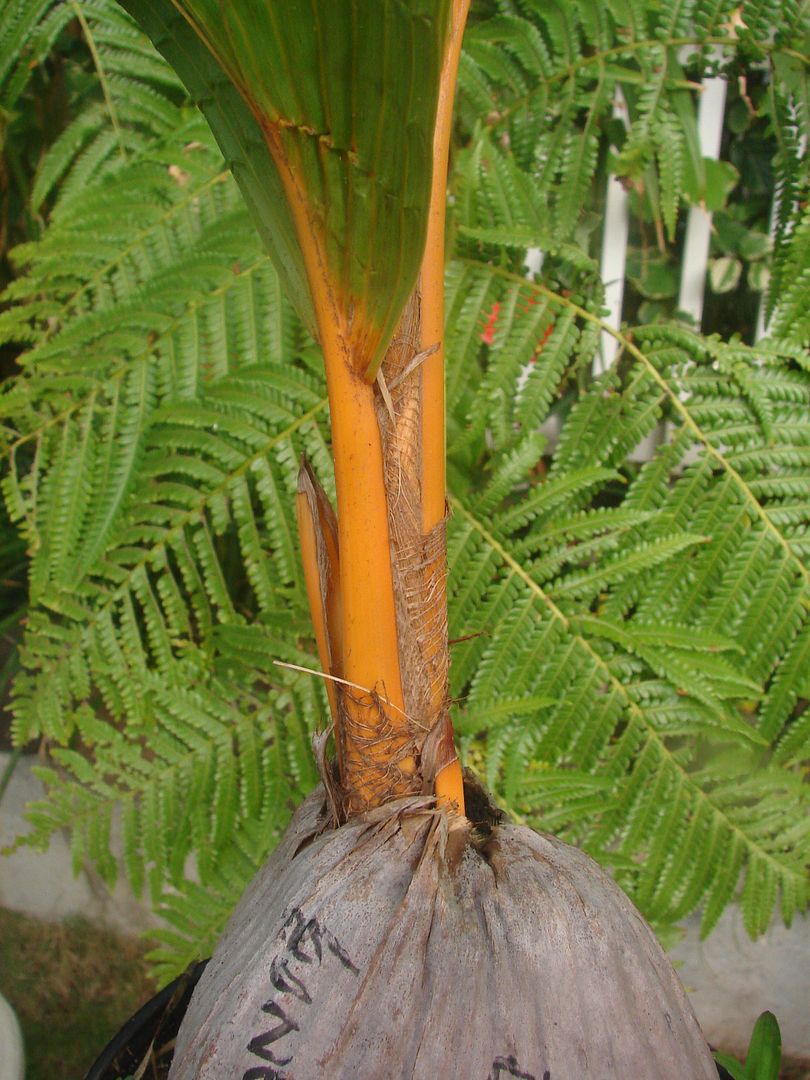 Tahiti Red Dwarf
In Côte d'Ivoire, this Dwarf is the frailest of all the coconut varieties.
Eight years after planting, its slender stem does not exceed a metre in
height on average. Its growth is slower than that of the Brazilian Green
Dwarf. Its very supple fronds with long leaflets give it a particular
silhouette, by which this variety can be distinguished from the Malayan
Dwarf.
|
Rangiroa Red Dwarf Coconut makes a beautiful accent on the lawn and provides nice filtered shade for
the patio.
Rangiroa Red Dwarf Coconut is very salt tolerant and is at its most sensational when
planted beachside where the sea breeze can rustle its huge feather leaves.
Cultivars
Coconut palms have two natural subgroups simply referred to as
"Tall" and "Dwarf". Most commercial plantings use high yielding,
longer lived Tall cultivars, and each region has its own selections, e.g., Ceylon
Tall', Indian Tall', Jamaica Tall' (syn. Atlantic Tall'), Panama Tall'
(syn. Pacific Tall'). The Tall cultivar group is sometimes given the name
Cocos nucifera var.
typica, and the dwarf cultivar group C. nucifera
var. nana. Malayan Gold Coconut Trees are in this
dwarf group. Dwarf cultivars, particularly the popular ornamentals, are largely
self-pollinating as opposed to the Tall cultivars of commerce which rarely pollinate
themselves.
|
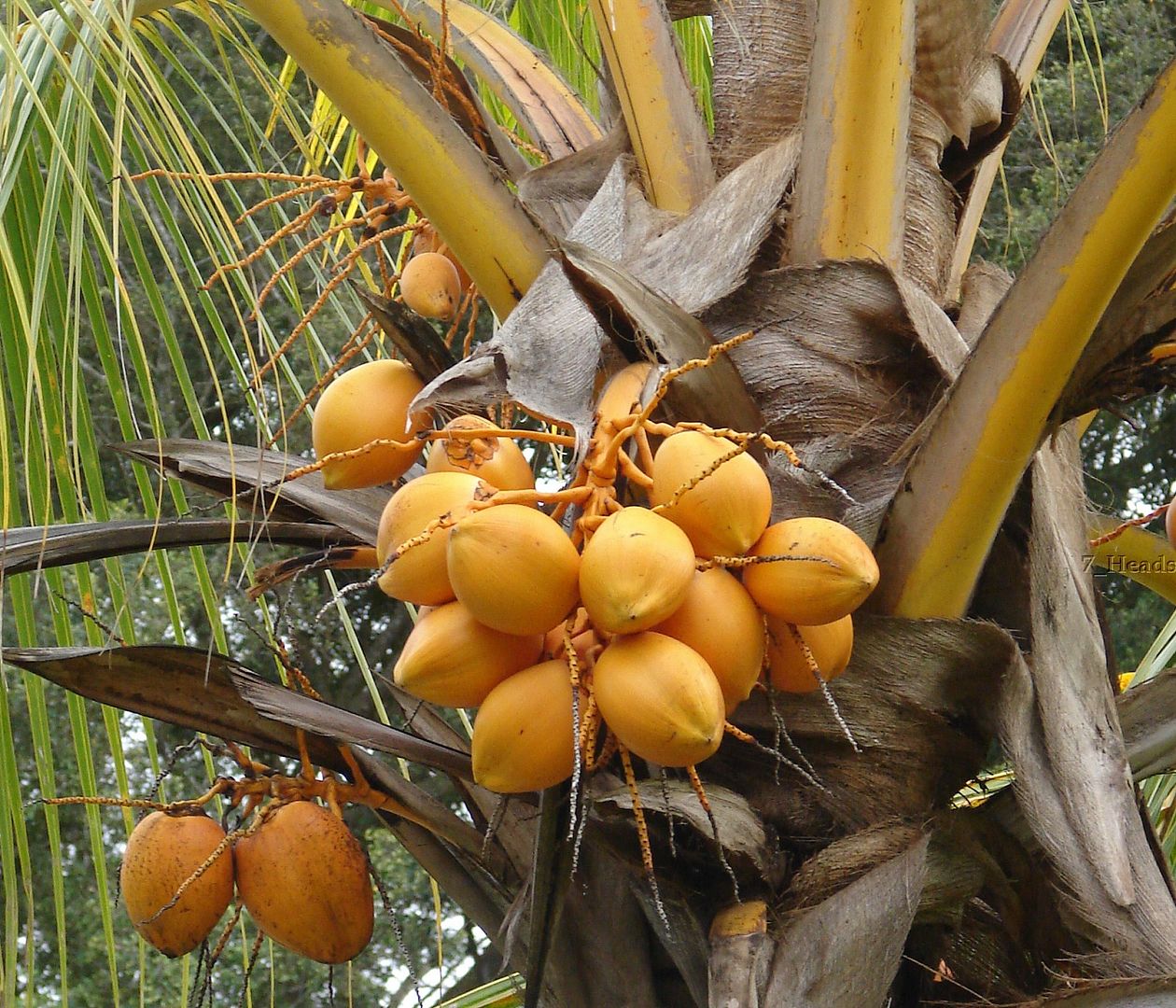
Hardiness: USDA Zone 10b: to 1.7 °C (35 °F)
USDA Zone 11: above 4.5 °C (40 °F)
Sun Exposure: Full Sun |
The coconut palm starts fruiting 6 to 10 years after the seed germinates and reaches full production at 15 to 20
years of age. It continues to fruit until it is about 80 years old with an annual production of 50 to 200 fruits per tree, depending on cultivar and climate. The fruits
require about a year to develop and are generally produced regularly throughout the year.
Fruit
Rangiroa Red Dwarf Coconuts are small drupes, ovoid in shape, up
to 12" long and 10" wide. The exocarp or skin is yellow to gold, turning to brown with age. The mesocarp is fibrous and dry at maturity.
|
 |
Coconut palm cultivars
|
Cultivar
|
Type
|
Lethal
yellowing resistance
|
Petiole
and immature fruit color
|
Jamaica
Tall
|
Tall
|
Very
low
|
Green
or bronze
|
Panama
Tall
|
Tall
|
Rather
low
|
Green
or bronze
|
Hawaiian
Tall
|
Tall
|
Rather
low
|
Green
or bronze
|
Malayan
Dwarf
|
Semi-Dwarf
|
Rather
low
|
Green,
or bronze
|
| Malayan
Dwarf |
Semi-Dwarf
|
Rather
low |
Yellow |
| Malayan
Dwarf |
Semi-Dwarf
|
Rather
low |
Golden |
Maypan
hybrid
|
Tall
|
Low
|
Green
or bronze
|
Samoan
Dwarf (Niu Leka)
|
Dwarf
|
High
|
Green
or bronze |
|
During the last two
decades, coconut palms in south Florida have been attacked by a microorganism that causes
a fatal disease called lethal yellowing. Fortunately, Rangiroa Red Dwarf Coconut is lethal
yellowing resistant.
The Malayan Dwarf Coconuts and Samoan Dwarf Coconut in Hawaii, and many other palm
species are resistant to lethal yellows. The 'Malayan Dwarf' cultivar and the hybrid
'Maypan' have been widely planted in Florida because of their reported resistance to
lethal yellowing (LY), a fatal disease of coconut palms in Florida and parts of the
Caribbean region.
Although
these varieties were originally believed to be highly resistant to this disease, long-term
trials in Florida have revealed that they are only slightly less susceptible than the
'Jamaican Tall' they were intended to replace. The only cultivar in the United States
that has been demonstrated in long-term studies to be resistant to LY is the 'Samoan
Dwarf' (Niu Leka), a slow-growing variety with very broad leaves and leaflets.
|
Nothing will set a tropical tone like this
Rangiroa Red Dwarf Coconut! |
|
 |

|
|
|
|
All good things take time, so I grow my plants and rare palms in
 my ebay store. my ebay store.
Much more to check out or just get a little education on in my store.
|
|
|
 |

 Shipping Shipping

ATTENTION USA BIDDERS!
 All live plants are shipped bare-root wrapped All live plants are shipped bare-root wrapped
 in moist sphagnum moss to ensure the plant's healthy transit to you. All live plants are Inspected By USDA Plant Inspectors before they are
shipped to insure you get healthy pest free plants and seeds. in moist sphagnum moss to ensure the plant's healthy transit to you. All live plants are Inspected By USDA Plant Inspectors before they are
shipped to insure you get healthy pest free plants and seeds.
We ship via USPS Mondays-Wednesday with Delivery
confirmation.
 All plant materials are required by LAW to inspected and certified by USDA prior to export Hawaii to the US Mainland.
All plant materials are required by LAW to inspected and certified by USDA prior to export Hawaii to the US Mainland.
After Inspection, USDA stamps released for export Hawaii to the US Mainland. All items are delivered to USDA Inspection Station at
Honolulu International airport.
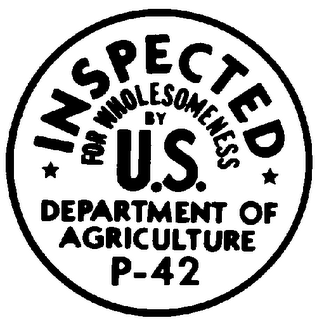
USDA
Certification charge
is included in Shipping and Handling
@
$5 fee per item/species.
There is a
packing & custom boxing fee.
Last and usually least is USPS postage (shipping)

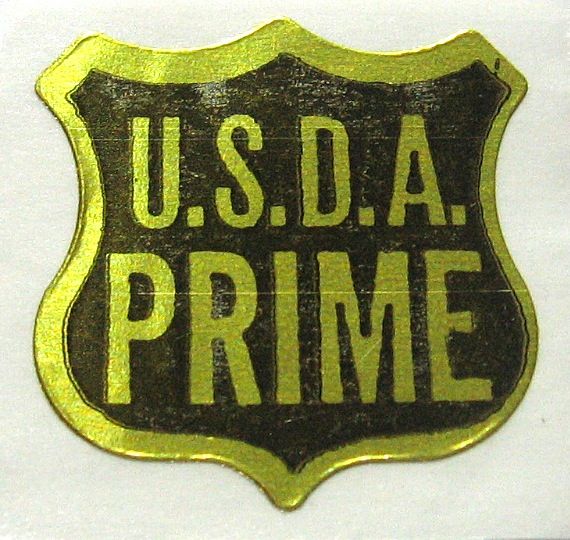
ATTENTION INTERNATIONAL BIDDERS!
We can ship
certified live plants to the US only. Only Domestic Shipping and Handling includes USDA Certification.
We ship Seeds Internationally.
All International shipments are at Buyer's Risk. Please spend no more more than you can lose!
Proper Permits and Documents are the BUYER's responsibility.
Please request any documents prior to shipping.
For foreign customers, please check your laws concerning permitting and customs,
additional shipping and handling costs may apply.
The additional charge for any Phytosanitary Certificate is not included in this offer.
INTERNATIONAL SHIPPING ON LIVE PLANTS is available only under these conditions!
All international orders are shipped at the BUYER's RISK
(shipped with or without documents) and no refunds or replacements are offered for Dead On
Arrival, loss, confiscation, Customs Seizure, unanticipated charges, etc.

|
 Payment
Payment

We
accept online payments only through PayPal, Cash payments are only acceptable for
in-person payments and cash-on-delivery (COD). Cash payment can not be sent through the
mail.
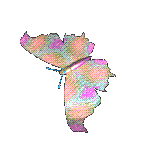
Please only one Paypal payment. SO THE COMBINED SHIPPING RULE WILL CAN
BE USED. Late or Multiple PayPal payments are NOT eligible for any discount.
We will ship once a week - ON or BEFORE WEDNESDAYS, because
of the special stamps needed to ship plants and cuttings to you. This can only be
done at the Dept. of Agriculture. If payments are not met before that MONDAY, your
items will be shipped the following week and lose the combined discount opportunity.
Non-paying bidders may receive negative feedback and will be reported as an unpaid item to
eBay.
COMBINED SHIPPING POLICY
INTERNATIONAL SHIPPING is not included in this offer.
INTERNATIONAL SHIPPING ON LIVE PLANTS on a case by case basis.
We will combine shipping for auctions won on the same week paid with same PayPal payment.

This policy is good for auction items bought and paid for in the week ending MONDAY.
We ship on Tuesdays.
Payment must be received
within 4 days of the auction ending.
Combined Discounts Won Auctions

For 2-3 winning auctions, the combined discount is 10% of the total Shipping and Handling
charges.
For 4-7 winning auctions, the combined discount is 20% of the total Shipping and
Handling charges.
For 7+ winning auctions, the combined discount is 30% of the total
Shipping and Handling charges.

 As each order is packed and prepared separately you will pay the quoted S/H charges
individually per item. If you buy the same species in that item it does calculate out the
discount (i.e.: additional items) As each order is packed and prepared separately you will pay the quoted S/H charges
individually per item. If you buy the same species in that item it does calculate out the
discount (i.e.: additional items)
My stores' combined shipping is built in for same
items rather than a varied selection. Domestic S/H includes postage, USDA certification and inspection,
proper packing and delivery to Airport for prompt delivery. I can't really change any
of these. If you want one of this and one of that, it is hard to discount much as each
different species requires it's own prep, packing, then at USDA each has to be
unwrapped and inspected then repacked. USDA requires me to clean and prepare every last
piece before we drive them to the Inspection Station on the other side of the island. It
takes my wife and I, 2-3 days to pack items and get ready to ship. The whole next day we
drive around the island and get inspected (2-3 hours), then drive to the Airport Post
Office to drop off. It takes the same work with the same type item if you can understand.
|
|
After you purchase |
After you Receive your Items. |
For this reason uninsurable.
When you order a plant we assume you are prepared to care for it.
Please have potting media and a container prepared for your plant
before it arrives. Shipping can be stressful on a plant, and any
mistakes that you make upon arrival can stress the plant further,
which is not good. Proper care is critical upon arrival. It is your
responsibility to know how to care for the plant.
Not every plant that I order through
the mail survives, and I am aware of that and accept the risk when I
order. This is the risk that you as the buyer accept, because there
is no way to know what kind of conditions it will endure in the trip
to your door. My responsibility ends when a live plant is delivered
to your door. Live arrival is guaranteed, eternal survival is up to
you.
Please Do NOT email me a week after potting your plant, and make a claim it
arrived damaged. From delivery confirmation, you have only 48 hours from
delivery confirmation to make any claim.
|
All claims need to be supported with
Photos of the damaged plant(s) as packed/unpacked, the box if damaged,
the packing materials and any documents. I am very reasonable and
understanding, anything can happen to small plants in transit.
The expense to send it to you is most
of your payment. To send any replacements, I try to piggy back with your next order.
Replacement is not an option for
CUSTOMS SEIZURE.
ALL OF MY ITEMS ARE SHIPPED USDA CERTIFIED WITHIN THE U.S.
- USDA and USPS fees are included in the actual cost of shipping and Handling.
Please do not leave a 1 or 2 in my detailed seller ratings for postage
fees or any reason really because I will block you from any
further purchases.
I ship items the best and least expensive option. These are
coming from Hawaii. The only thing inexpensive here in
Hawaii are my items!! I do ship all my items promptly via
best method--if you feel like the combined shipping fee is
wrong, please wait to be invoiced and check back with me-I
value your business and will work diligently to keep you
satisfied. I am very generous and reasonable with reasonable
people, just ask.
|
 |
 |
|
 |


my dog Taz will fetch your email to me
If you are dissatisfied with the item for any reason, please contact me before leaving a negative or neutral comment.
I want you to be satisfied!
Mahalo iâ `oe no ke kipa `ana mai. E kipa mai hou!
|
Rare Palm Seeds
Fresh Highest Quality
Seller warrants seed to be of the variety and quantity advertised.
Safe delivery is guaranteed and seeds lost or damaged during shipment will be replaced at seller's expense. Claims must be made within 7 days of shipment.
All other replacements, refunds, returns and exchanges will be made at the sole discretion of the seller.
Seed is a live product which depends on many important related grower skills such
as proper planting time, seed depth, type of soil, irrigation, proper use of fertilizers,
weed controls, fungicides, insecticides, disease free soil, and reasonable weather
conditions during the growing period. Germination is affected by such factors as
temperature, moisture content, light intensity and contamination of planting media. These
factors are totally out of the seller's control and are the buyer's responsibility and
risk. Consequentially, the seller cannot unconditionally guarantee seed to perform
properly regardless of conditions or the buyer's methods or mistakes.
|
|
Ma
ha
lo
&
A
l
o
h
a
!
! |
|
|
 |














 All live plants are shipped bare-root wrapped
All live plants are shipped bare-root wrapped
 in moist sphagnum moss to ensure the plant's healthy transit to you. All live plants are Inspected By USDA Plant Inspectors before they are
shipped to insure you get healthy pest free plants and seeds.
in moist sphagnum moss to ensure the plant's healthy transit to you. All live plants are Inspected By USDA Plant Inspectors before they are
shipped to insure you get healthy pest free plants and seeds. All plant materials are required by LAW to inspected and certified by USDA prior to export Hawaii to the US Mainland.
All plant materials are required by LAW to inspected and certified by USDA prior to export Hawaii to the US Mainland.




 As each order is packed and prepared separately you will pay the quoted S/H charges
individually per item. If you buy the same species in that item it does calculate out the
discount (i.e.: additional items)
As each order is packed and prepared separately you will pay the quoted S/H charges
individually per item. If you buy the same species in that item it does calculate out the
discount (i.e.: additional items)

